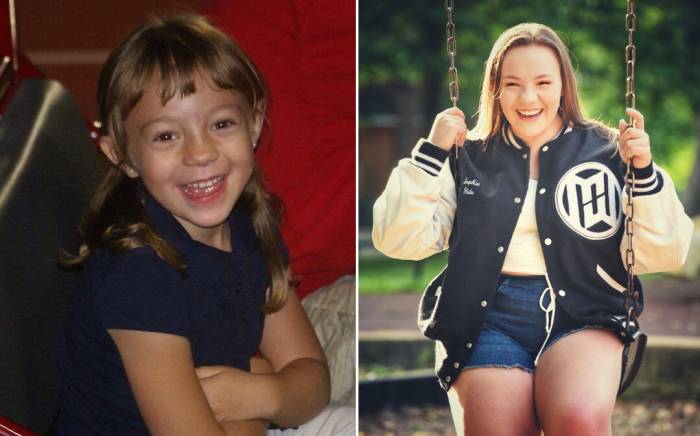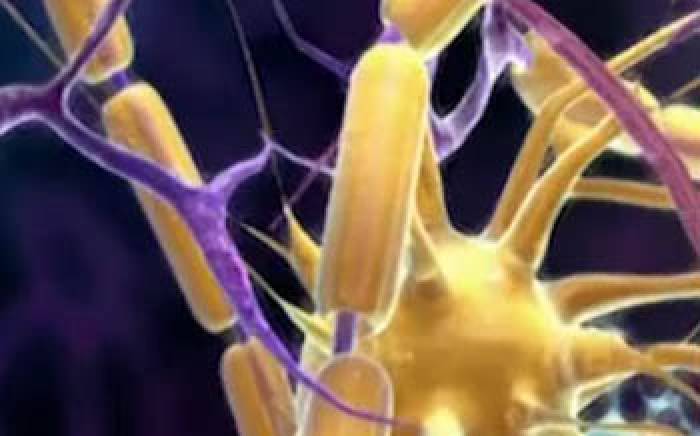When do we offer vagus nerve stimulation (VNS)?
Many children with seizures do not have a single, discrete area of seizure onset. Others may have a seizure onset zone in a critical area of the brain. When medications fail to control seizures in these children, treatment options are limited, but include ketogenic diet, corpus callosotomy, and vagus nerve stimulation (VNS).
Children in this category often benefit from VNS, but a reasonable goal for VNS is seizure reduction, rather than freedom from seizures. Not every child benefits significantly from VNS, but those who do may experience a 50% or more reduction in their seizure frequency.
What is VNS?
VNS is an implantable device that resembles a cardiac pacemaker. With few exceptions, VNS units are placed on the child’s left side.
VNS implantation: What to expect
- Implantation of the VNS requires two incisions. One incision is in the neck in order to access the vagus nerve as it courses between the carotid artery and the internal jugular vein. The second incision is in the groove between the chest and the shoulder where the device pulse generator (battery unit) is secured. The electrodes pass beneath the skin between the neck incision and the chest incision.
- The surgery takes between one hour and one and a half hours and is performed under general anesthesia.
- Tissue adhesive is used to close the skin, so no stitches need to be removed.
- In general, VNS implantation surgery is an outpatient procedure, and patients are observed for two to three hours after the procedure prior to discharge.
- In many cases, the VNS is activated at low settings in the operating room at the time of implantation.
- Stimulation effects from the VNS can include a change in voice, a funny throat or neck sensation, or mild cough. These symptoms tend to improve over time as your child adjusts to the stimulation.









